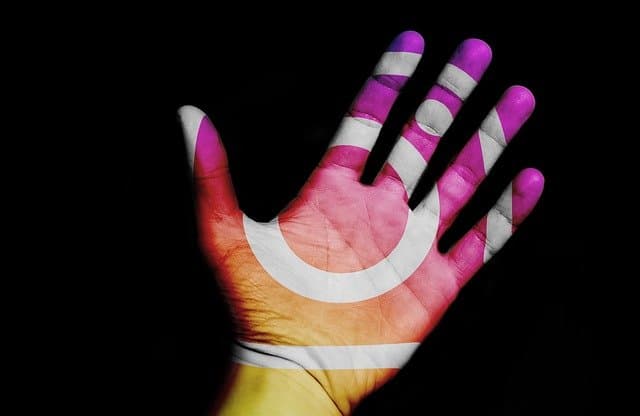Instagram is a social media site that, through its smartphone app, emphasizes photo and video sharing. In order to communicate with detailed likes, feedback, and shares, you can take, edit, and post visual material for your fans.
Instagram is a platform where you can share photos with your friends or promote your business, such as an online casino or cosmetics shop. In both cases, you should protect your page, and these tips will protect your page.
Create a Strong Password
Make up a difficult password consisting of at least 10 characters. Use numbers, special symbols, upper and lower case letters. Your password can include date of birth, first letter of your street, year of school graduation. This combination of numbers and symbols will increase the security of your Instagram account. Create a unique password. You don’t need to use the same combination for your email, Instagram account, and Facebook page. Try to change your password every 2-3 months. You don’t have to come up with a new combination: add new numbers or replace the letters in the previous version of your password.
In order not to forget your password, write it down on a separate sheet of paper or save it in a text document on your computer. You can store your passwords in apps for iOS and Android, such as 1Password, Dashlane, or KeePass.
Don’t Give Suspicious Apps Access to Your Account
Mobile apps and online services, such as photo editors, games, task schedulers often request access to social networks. This is necessary to use the functionality of the app without registration. It’s enough to provide access to your Instagram profile.
Try to give access to your account only to verified apps. This way, you’ll reduce the likelihood of your account being hacked.
Provide Real Data When Registering
When creating an Instagram account, specify real data: first name, last name, date of birth, email. This way you can complain to technical support if intruders hack your account.
When contacting technical support, you may be asked to confirm that you are the real owner of your account. To do this, send your IDcard photo with your first and last name. The data must be the same as the one in the Instagram profile.
Avoid Including Your Primary Email in the Description
When filling out the About section, do not include the email that your Instagram account is registered to. Use an extra email for this purpose.
Attackers can hack the email and gain access to your Instagram profile, as well as other services that are registered to this email.
Two-factor Authentication
To ensure against password leakage, enable two-factor authentication. Every time someone tries to authorize a new device on your behalf, the social network will request a one-time code from an SMS or a special app. This way, you’ll always be aware of login attempts, and it’s impossible to hack your account without knowing the code.
Don’t Log in to Suspicious Sites Through Your Instagram Account
Many online resources require registration to enter the site: social networks, web apps, video hostings, online stores. To simplify registration, there is an alternative: login to the site via Instagram and other social networks. In this case, you do not need to provide an email address, name and username. It is enough to come up with a password.
Check Authorizations Periodically
Instagram shows geographic data on account login locations. So, don’t forget to check the Authorization tab from time to time. This is more convenient to do in the desktop version. If you see a location you don’t understand in the list, change your password right away. Maybe someone else is using your account. The information is irrelevant if you use a VPN service for authorization.
Hide Your Online Status
Recent online is a red rag for spammers who are ready to bombard your direct mail 24/7. Good thing Instagram has a feature to hide your online status. Turn it off if you don’t want subscribers and your Direct contacts to see when you’ve been online. The feature works both ways. When your online status is hidden, you can’t keep track of other users’ online status.











Leave a Reply